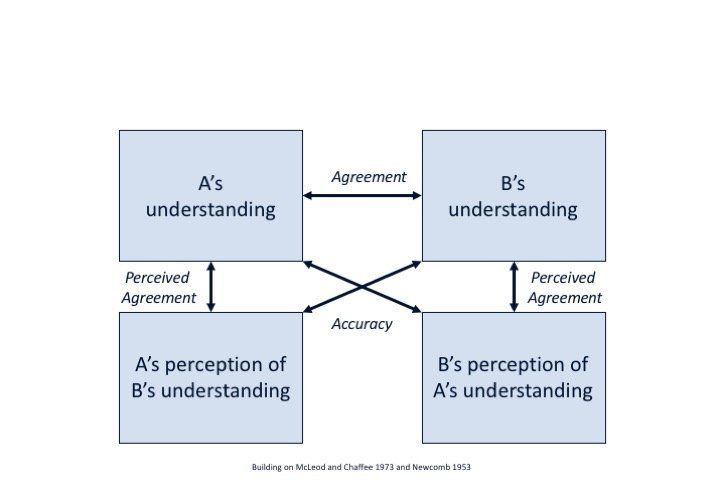Are we all on the same page?
- by Paul Kelly
- •
- 26 Sept, 2018

Working as a management consultant means working in different cultures, different contexts and on different kinds of problems. One thing is consistent though – at the heart of most problematic situations is that lurking question – “Are we all on the same page?"
Whether expressed openly in meetings, quietly in 1:1s, or implied but not voiced, the reality of different perspectives on what appears to be the same information is a common occurrence.
Consultants will often talk about bringing objectivity to a problem – to a degree this may be true, a certain amount independence for sure. However, what can often be more valuable is the role of a consultant in encouraging and allowing different perspectives to be surfaced and explored.
I came across this model many years ago. Then forgot it (or at least committed it to my long-term offline storage!). I was reminded of it again, very recently, after completing another project that was characterised by the need to help different stakeholders better understand each other’s points of view.
It's a simple model, but a powerful way to take stock of what might be going on beneath the surface when conflict seems inevitable and agreement, even on the “where are we” question, is difficult to achieve.
Next time you about enter a problem situation (or perhaps you are already there!), reflect on this model and ask yourself “Could this be why we are not on the same page?” – Is this be the key to unlocking a way forward?






